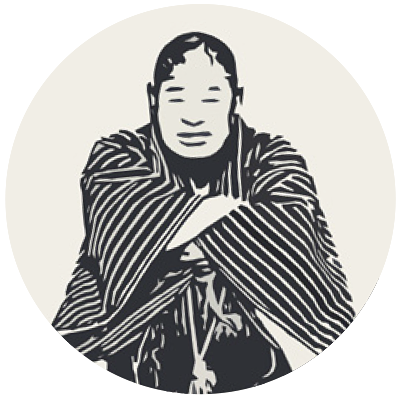
Suzume Dance
OVERVIEW
Ringing bells mix with cheery whistles and banging drums. Dancers, each holding a beautiful fan in each hand and dressed in colorful happi coats, leap about in time with the roar of the festival band.
Wander the streets of Sendai and see the "sparrow dance", a procession of samurai warriors in armor, and the magnificent yamaboko parade floats, with their wonderful historical air. When you get tired of walking, drop by one of the many street stalls and have a taste of some Sendai specialties. This festival includes both fun events to watch and delicious foods to eat.
TIPS
If you really want to join in the dancing, try one of the events in which anyone can participate at a moment’s notice.
DETAIL
ADDRESS Jozenji-dori Avenue, Aoba Ward, Sendai, Miyagi
PARKING Please used the paid parking lots in the city center.
PERIOD The third Saturday of May and the following Sunday


Reccommend
Local Tours
Using local guides, we provide many tours that let you discover and experience
the wonders of Japan lying hidden in the “everyday” of the nearby area.

SENDAI city
Since the Edo period, when Date Masamune built Sendai Castle, the area has been known as “Sendai” and has been a center of cultural and economic development. Although it is an ordinance-designated city, it contains many traditional buildings, a rich natural environment, and historic hot springs. Various events, including the Sendai Tanabata Festival, are held here throughout the four seasons.

Key Person

Welcome to the Sendai’s kitchen, where food professionals gather together.
Imasho Seika Co., Ltd./Yasuhiro Shoji
Sendai serves as a gateway to Tohoku. Despite being the heart of the Tohoku region, a 30-minute drive can easily take you to sightseeing spots for the mountains and sea as well as to hot spring resorts, including Akiu Onsen and Sakunami Onsen. It also holds festivals and events in each of the four seasons: for example, the Sendai Aoba Festival in spring, the Sendai Tanabata Festival in summer, the Jozenji Streetjazz Festival in autumn, and the Sendai Pageant of Starlight in winter. The Sendai Asaichi Morning Market, where I have my store, is Sendai’s kitchen and is frequented by restaurant owners and the homemakers who take charge of the city’s dining tables. Here, professionals in every product—including Sendai’s traditional vegetables, fresh seafood, and meat—will tell you the most delicious way to enjoy the produce. Don’t miss the chance to talk to the shopkeepers!
Specialty Products
One of the learned figures of his age, Masamune Date, who was also known as something of a gourmet, valued tradition while paying attention to foreign cultures. A new “Date culture” flourished in Sendai, and Date himself focused his efforts on developing its food culture. It is not an exaggeration to say that Sendai’s rich food culture and many surviving traditional crafts are the inheritors of that Date culture.
Natural Environment
Sendai is also known as “the City of Trees,” and, despite its population of over one million people, it is a place with a lush green cityscape that is surrounded by nature. On either bank of the Hirose River, which runs through the city, a wealth of plants and flowers produces a unique scene in each of the four seasons. If you take a trip further afield by car, you will encounter mountains and gorges where you can enjoy hiking as well as ski slopes and beaches for swimming. Whether in the sea or the mountains, be sure to enjoy what Sendai’s outdoors has to offer.
Historical Person

Date Masamune
1567 - 1636
Date Masamune was a general and the feudal lord of Sendai. In 1601, he moved his castle to Sendai, and, by pushing forward the construction of the castle town, he built the foundations for Sendai’s development.
Area Access

From Tokyo Station
90min
【SHINKANSEN】 From Tokyo Station approx. 90 minutes by Tohoku Shinkansen

From Sendai Airport
30min
【TRAIN】 From Sendai Airport, approx. 30 minutes on the Sendai Airport Access Line























